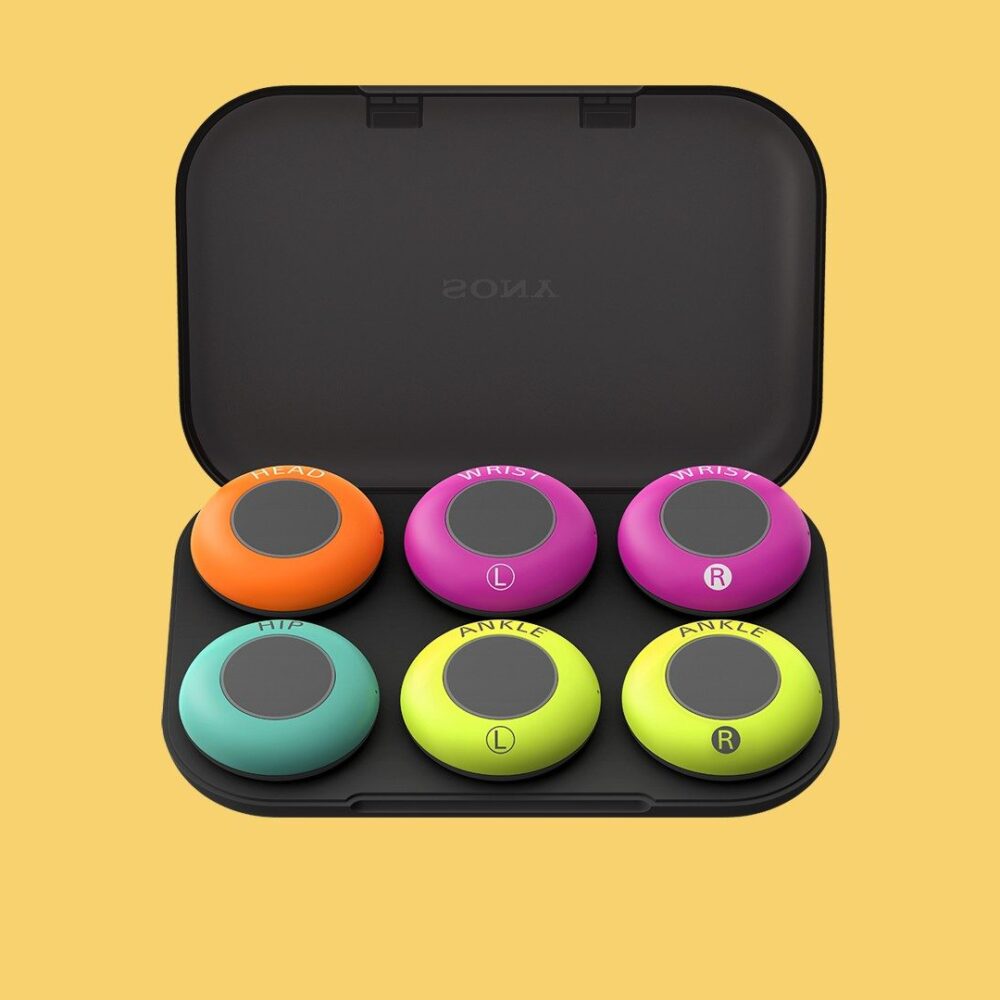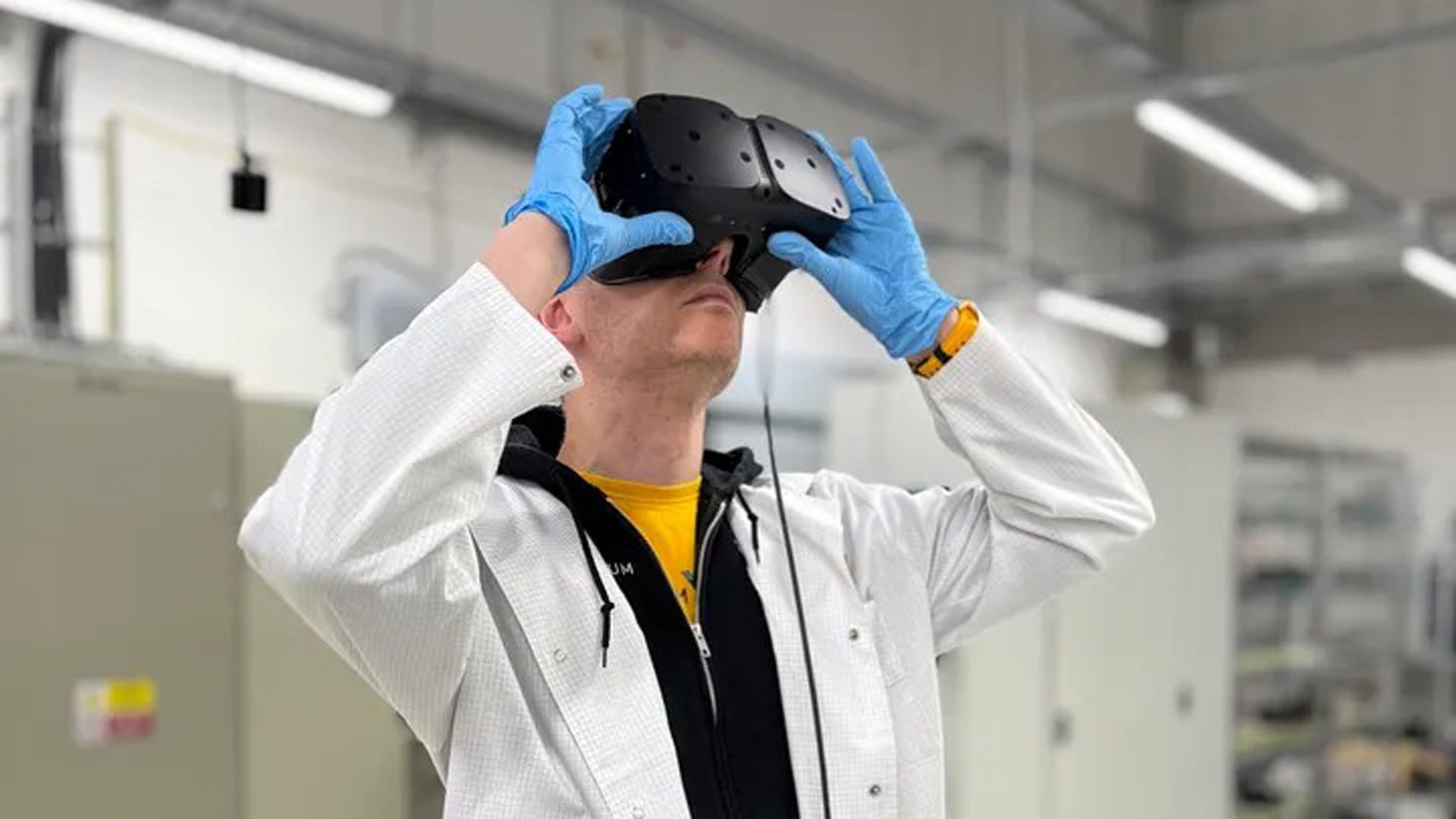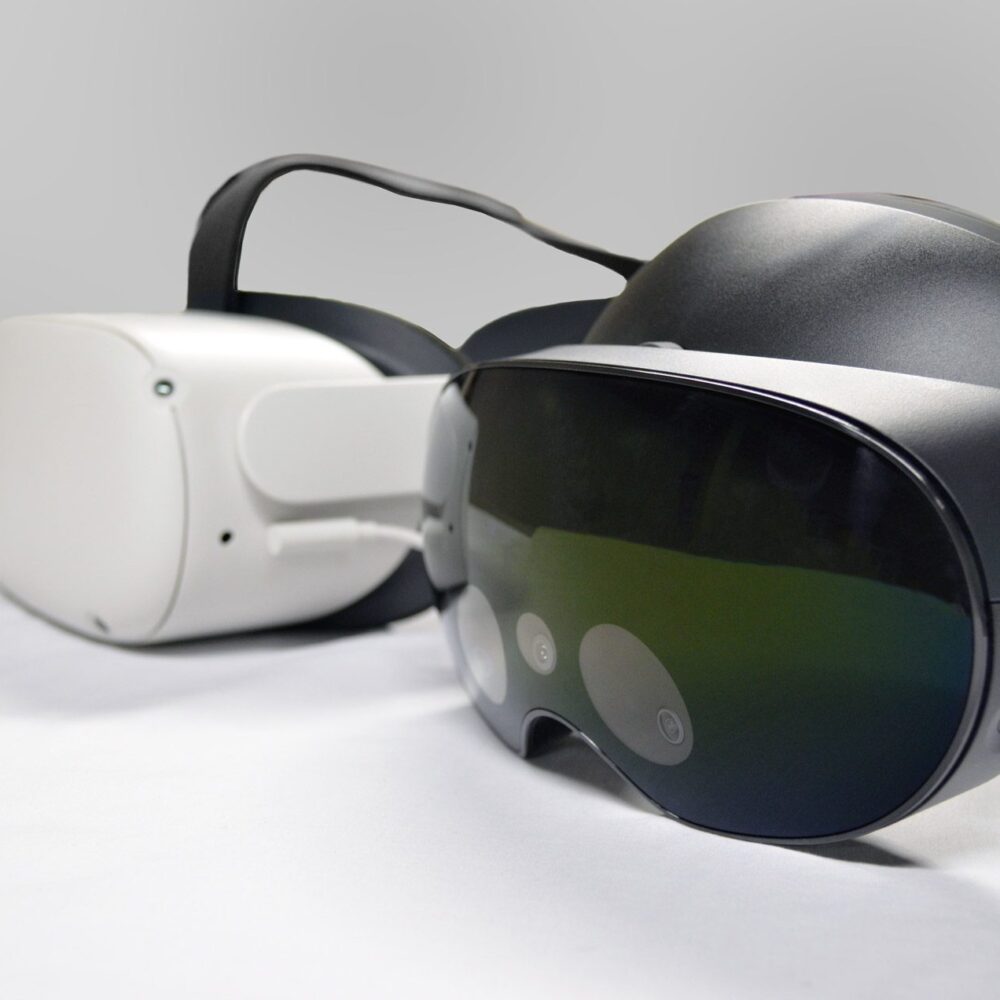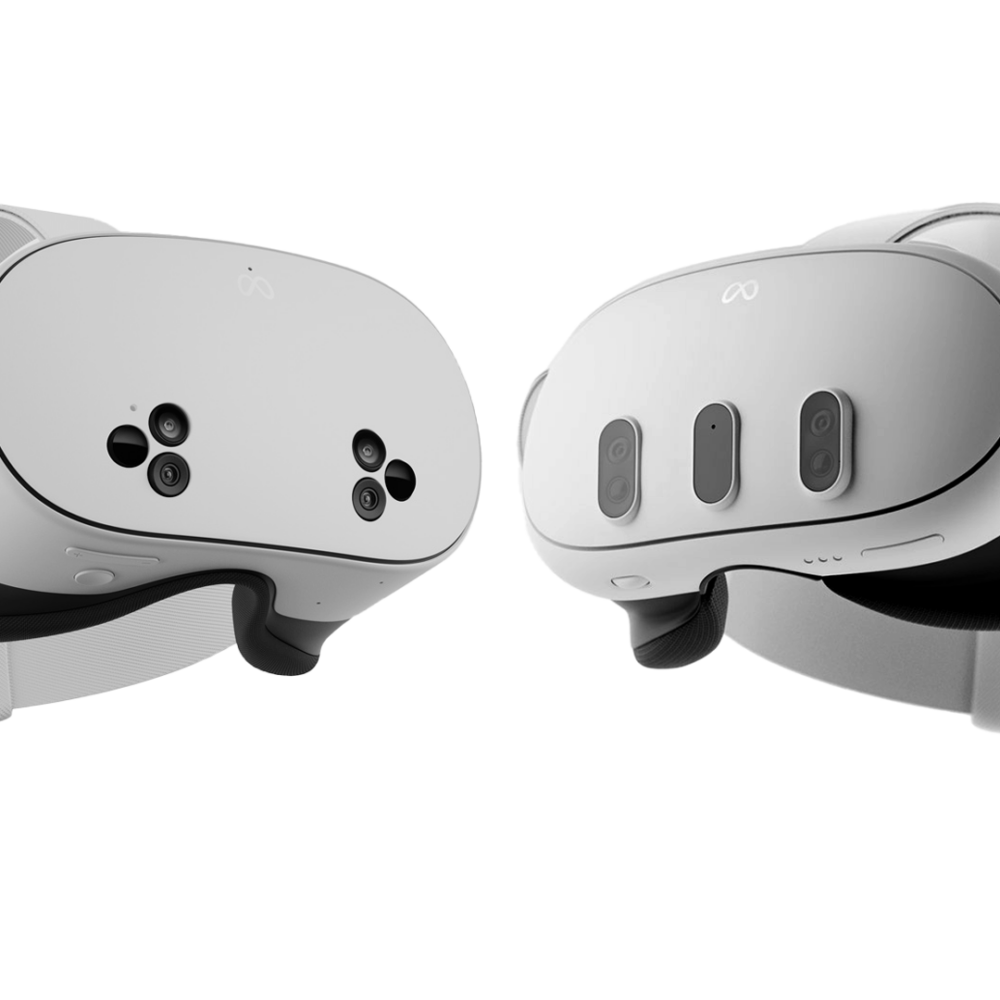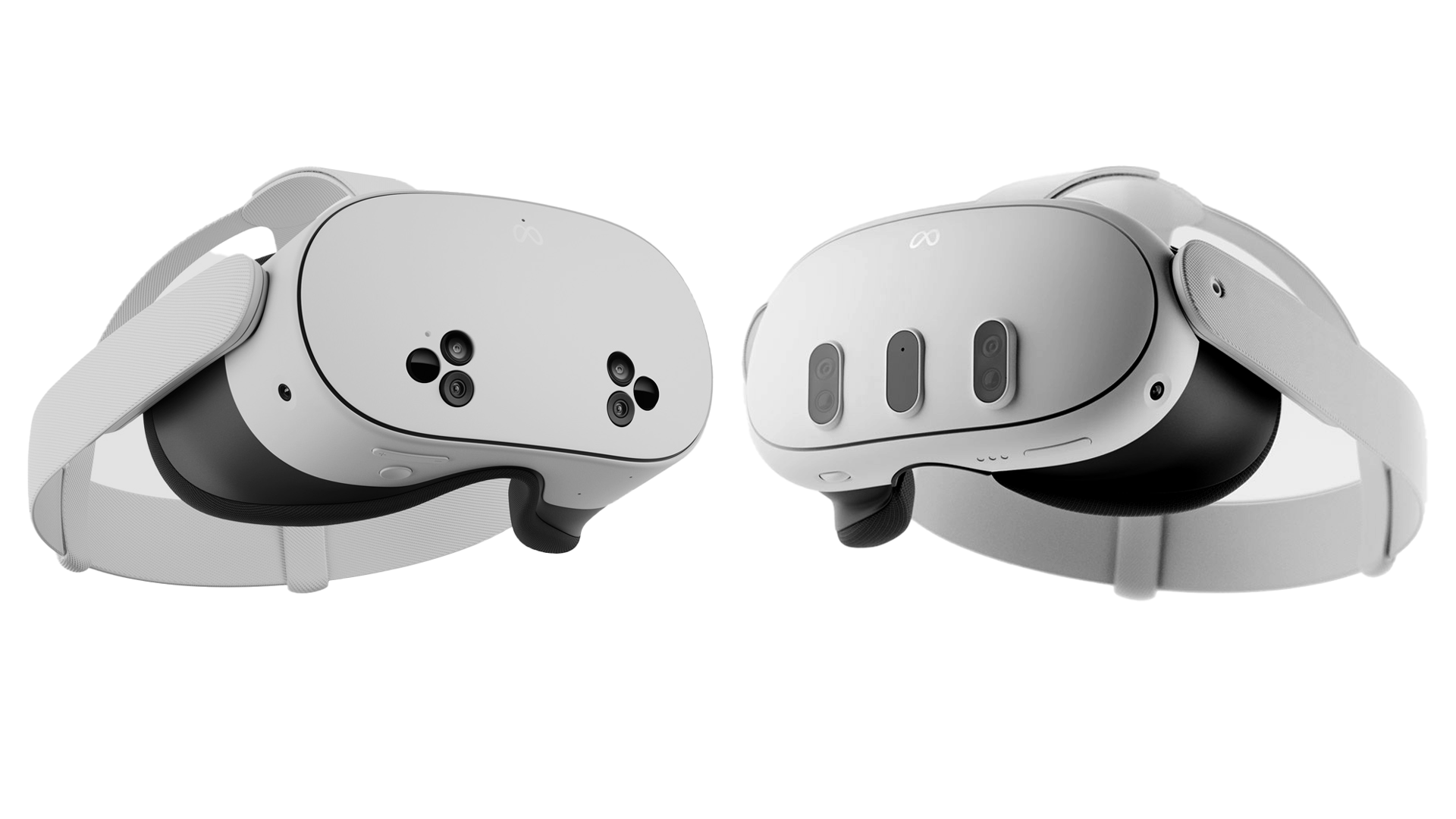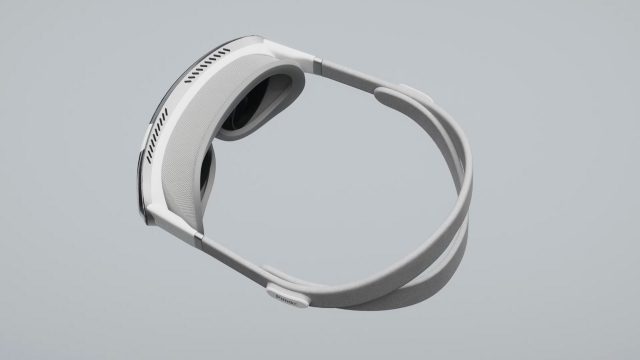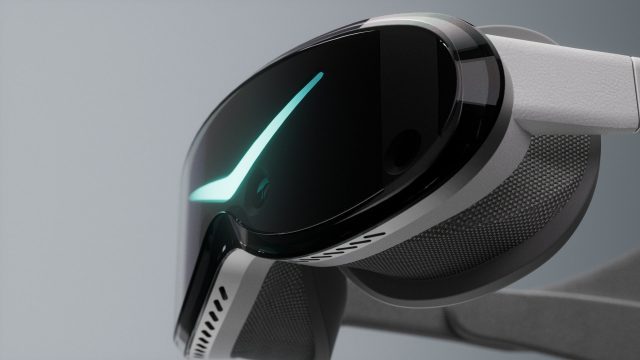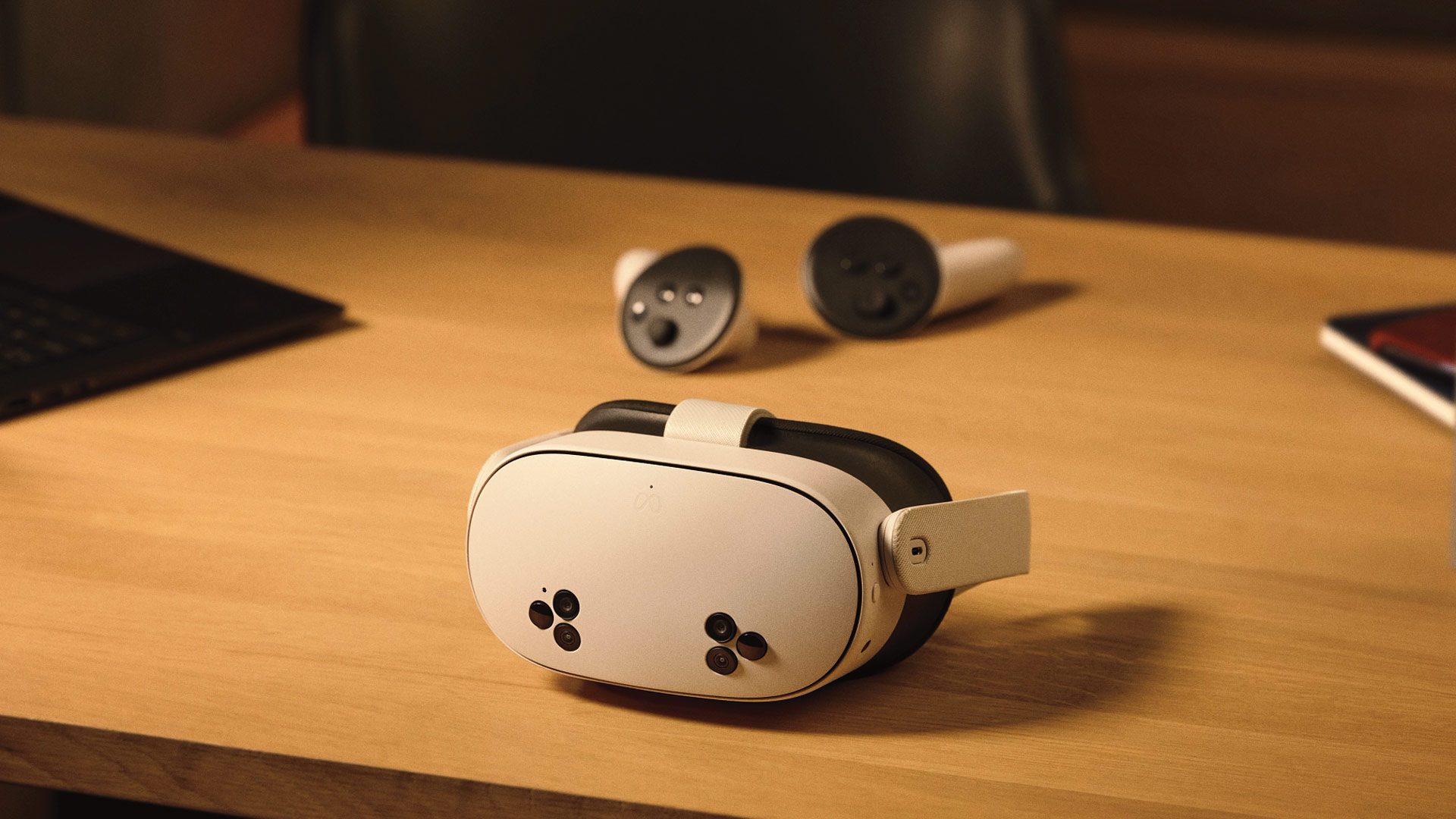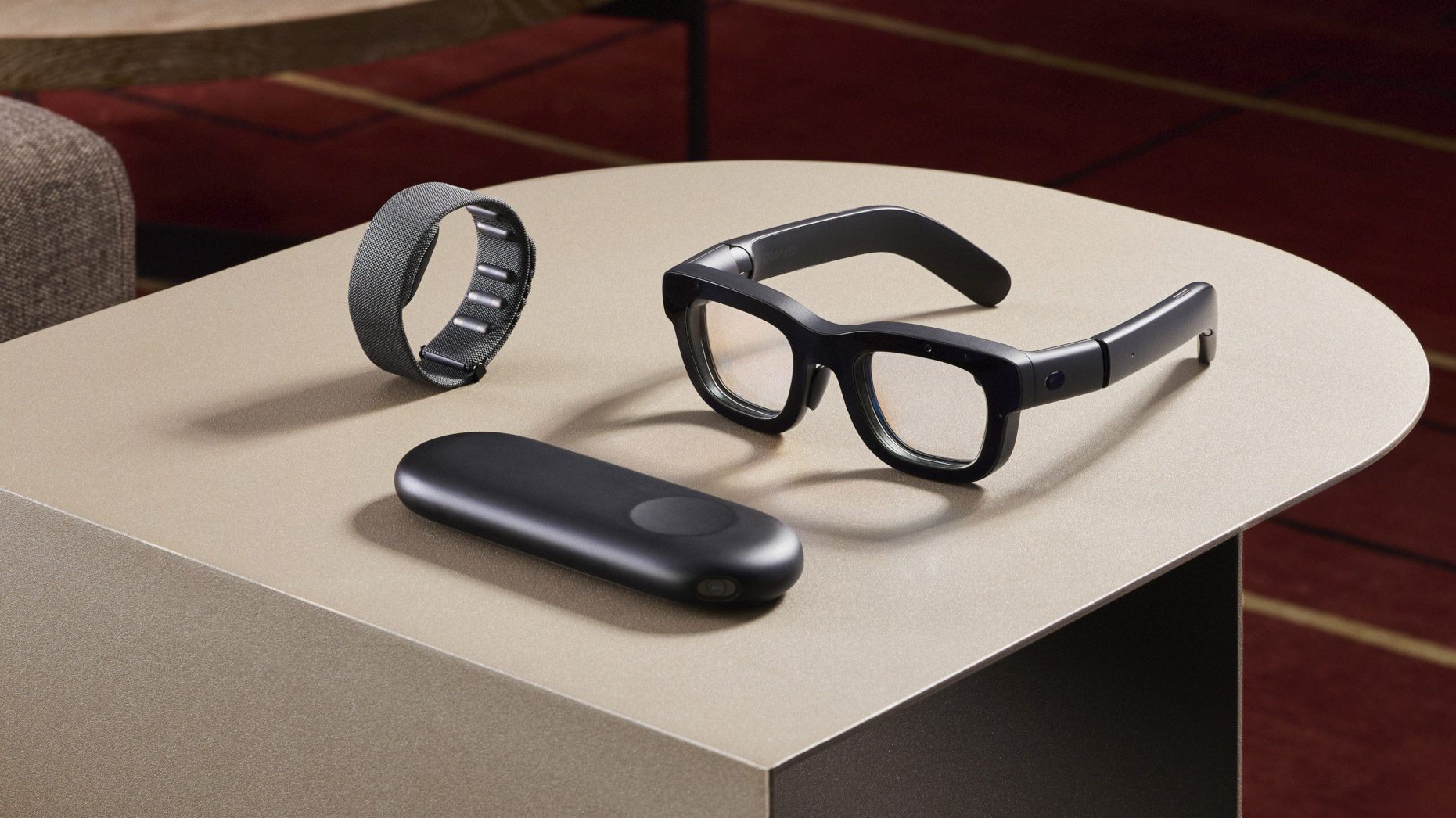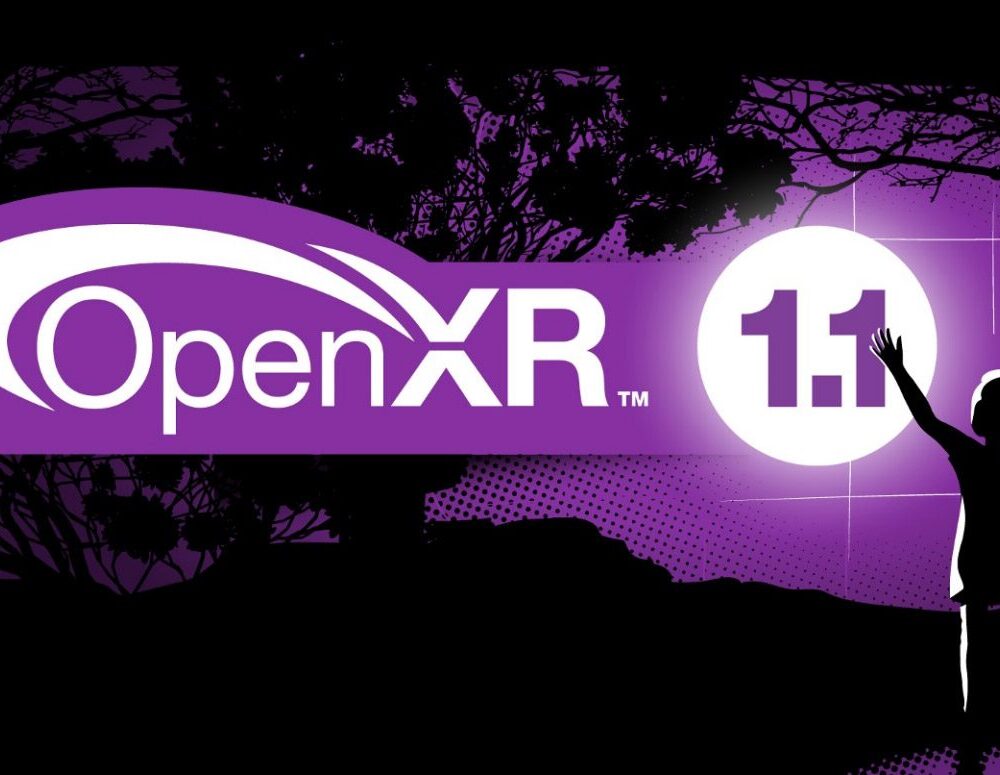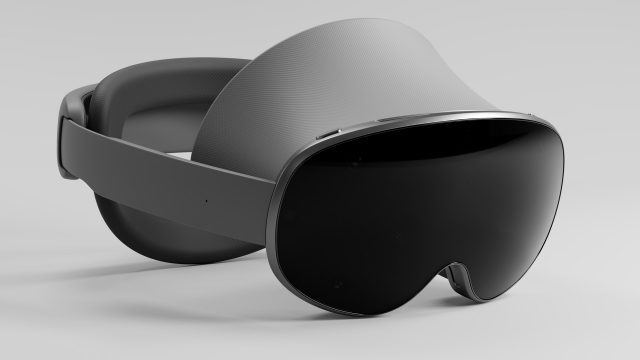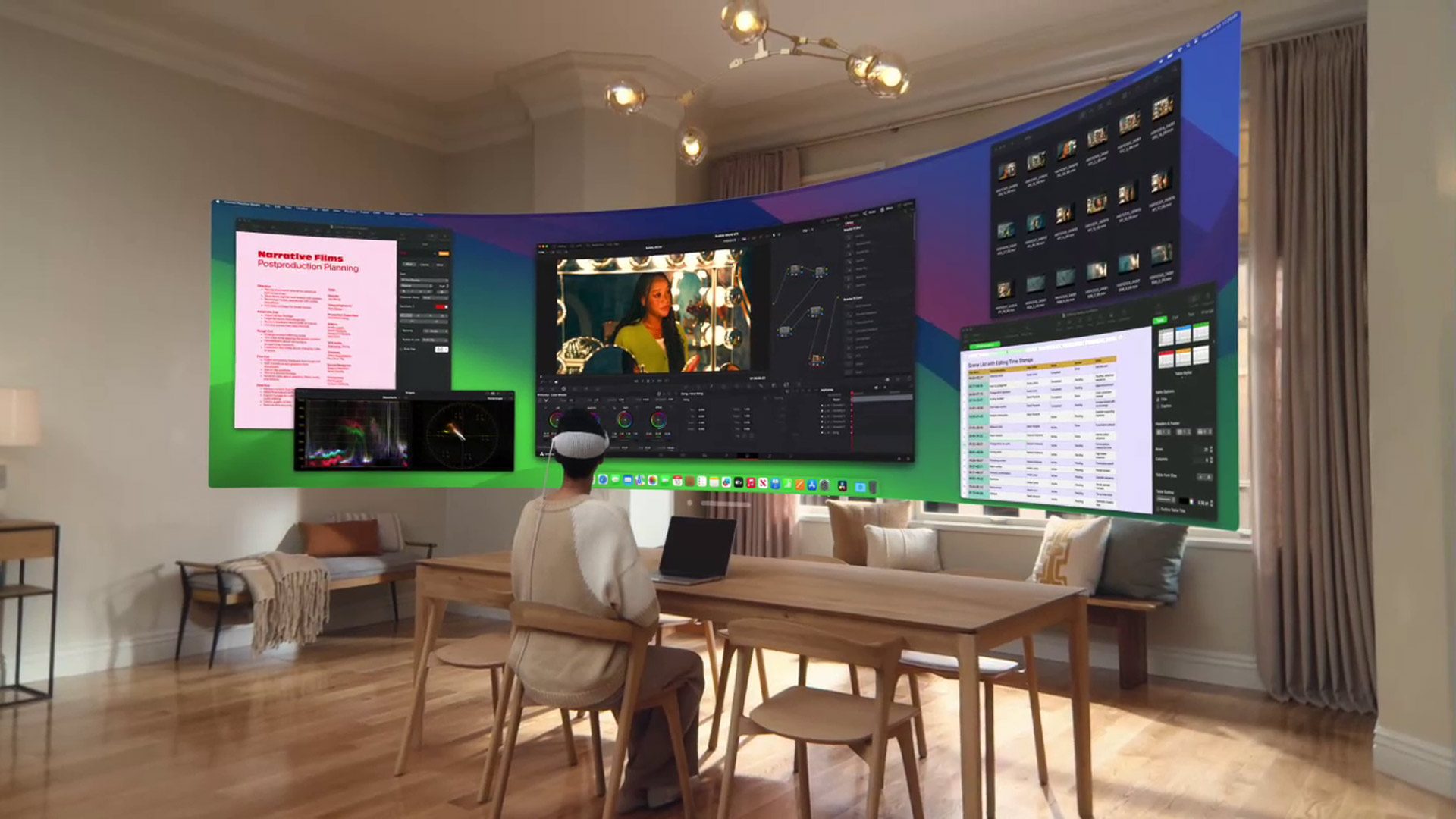Sony announced its previously revealed XR standalone for enterprise is now called ‘XYN’, which the company is targeting at spatial content creators.
Initially unveiled at CES last year, XYN (pronounced ‘zin’) packs in some impressive displays, offering 13.6MP (3,552 × 3840) per-eye using Sony’s own ECX344A OLED microdisplay.
The display is capable of 90 FPS and 1,000 nits (at 20% duty cycle), with 96% DCI-P3 color coverage, putting it above Apple Vision Pro in terms of resolution and color accuracy.
We got an opportunity to go hands-on with the pre-XYN prototype in July, back when it was still being referred to as the Sony SRH-S1 “content creation system.”
Here’s the short of it: on one hand, the headset’s ergonomics, flip-up design, and display clarity were all great. On the other, the system’s stylus-ring controller combo was very poorly tracked during our demo, and the content shown wasn’t well optimized for its internal Snapdragon XR2 Gen 2 chipset.
Beyond that, information is still thin on the ground. XYN’s price and release date are still uncertain, which is a baffling move as far as product announcements go.
What is known however is that its XYN Motion Studio PC companion software is coming out in March 2025, which supports connection with 12 ‘mocopi’ sensors for more seamless motion capture workflow.
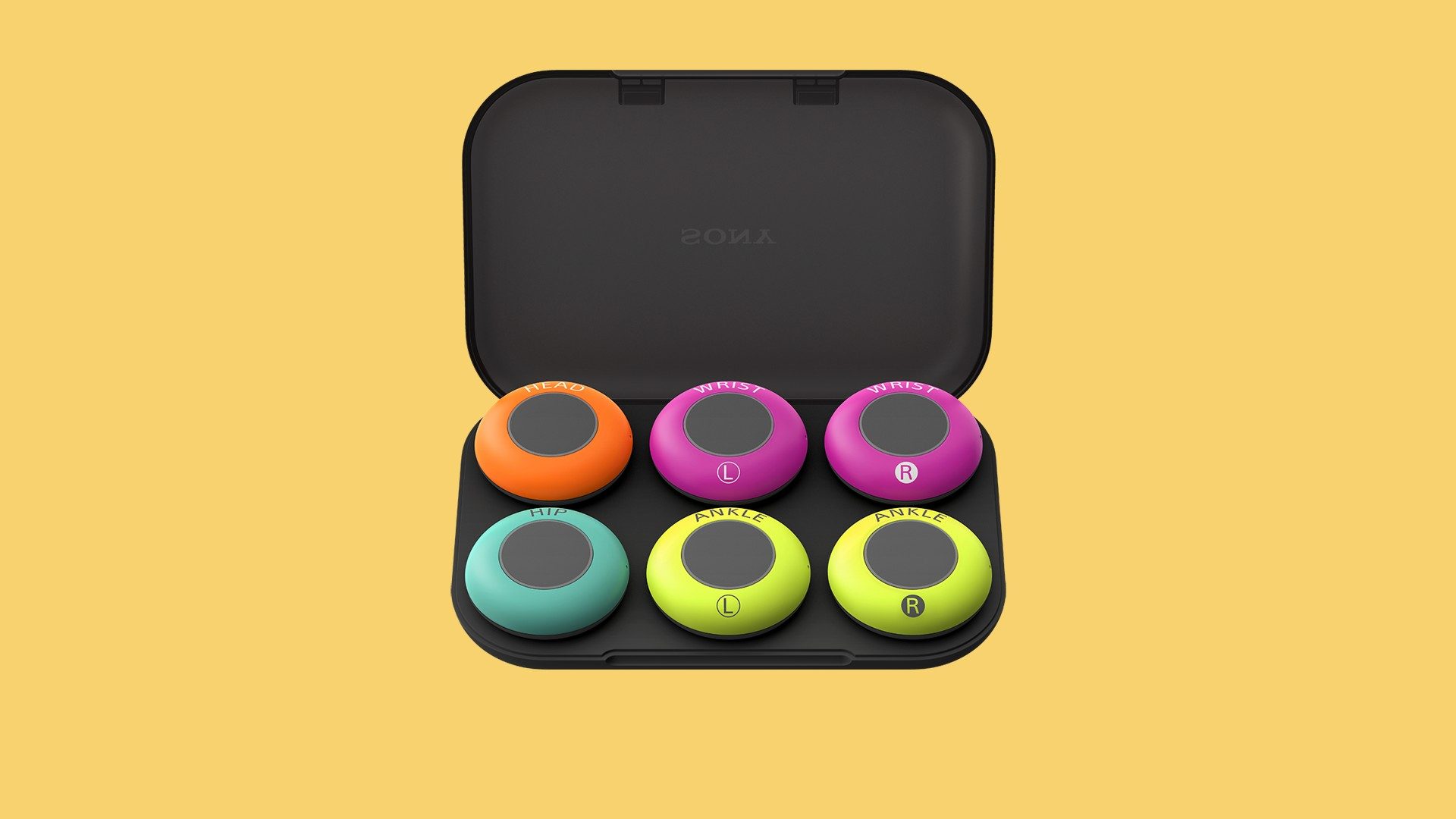
Additionally, Sony is also launching what it calls its XYN Spatial capture solution, which converts images captured with a mirrorless camera and proprietary algorithms into high-quality, photorealistic 3D CG assets.
Notably, the headset itself is said to support “a wide range of third-party tools,” according to XYN’s press release.
That said, you probably shouldn’t expect XYN to compete with Quest on the lower end in terms of price-performance, as Sony’s standalone is targeting businesses and professional users. Notably, two color ways have been seen on the showroom floor at CES 2025 this week, with a black colorway for prosumers and a grey scheme for enterprise.
